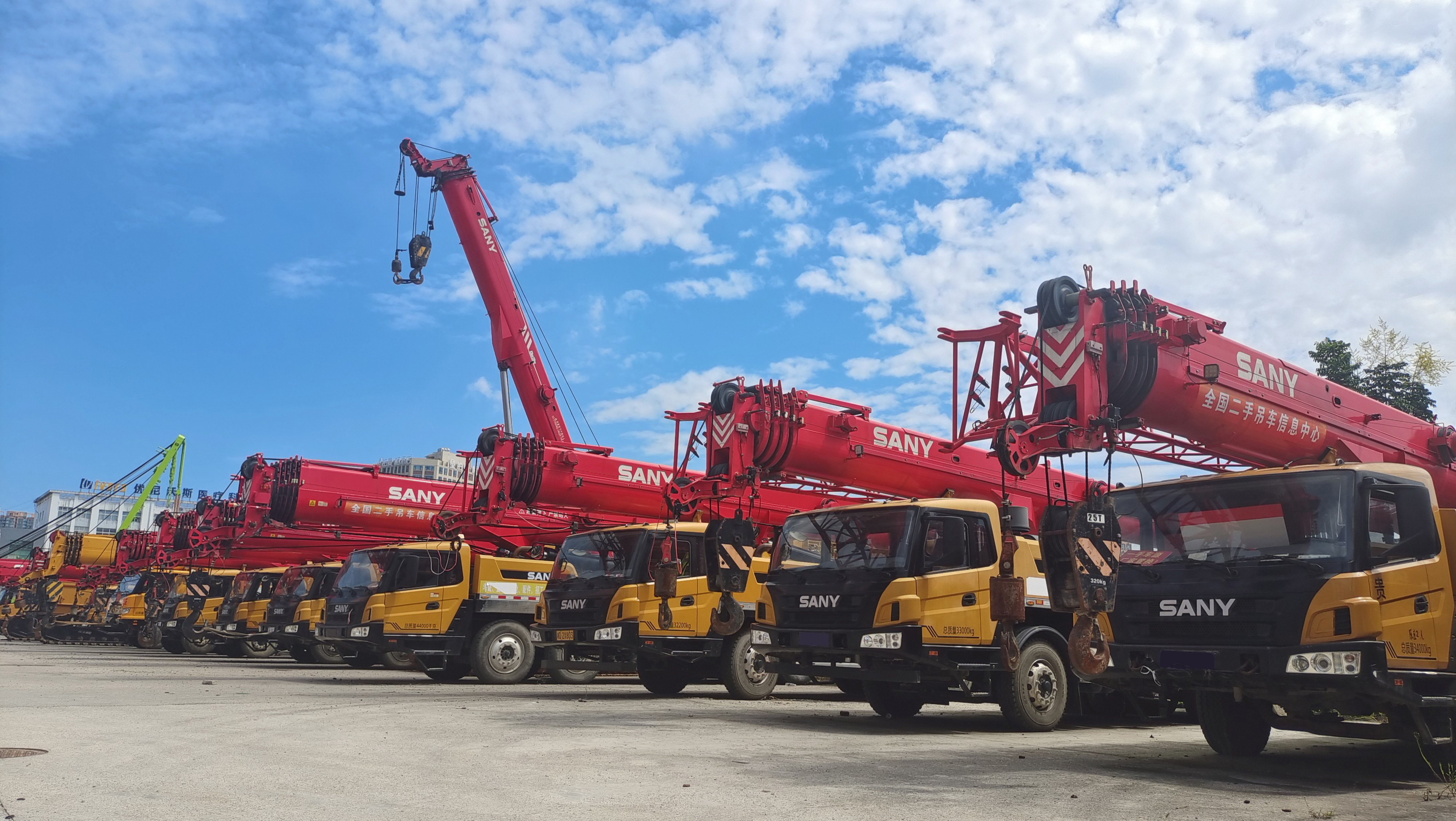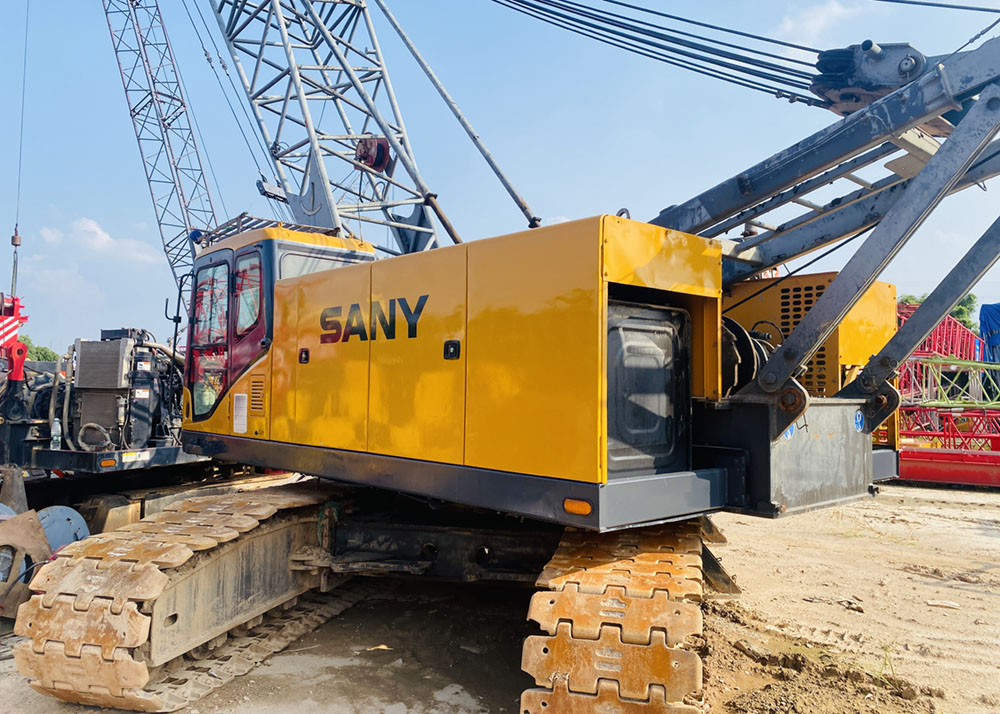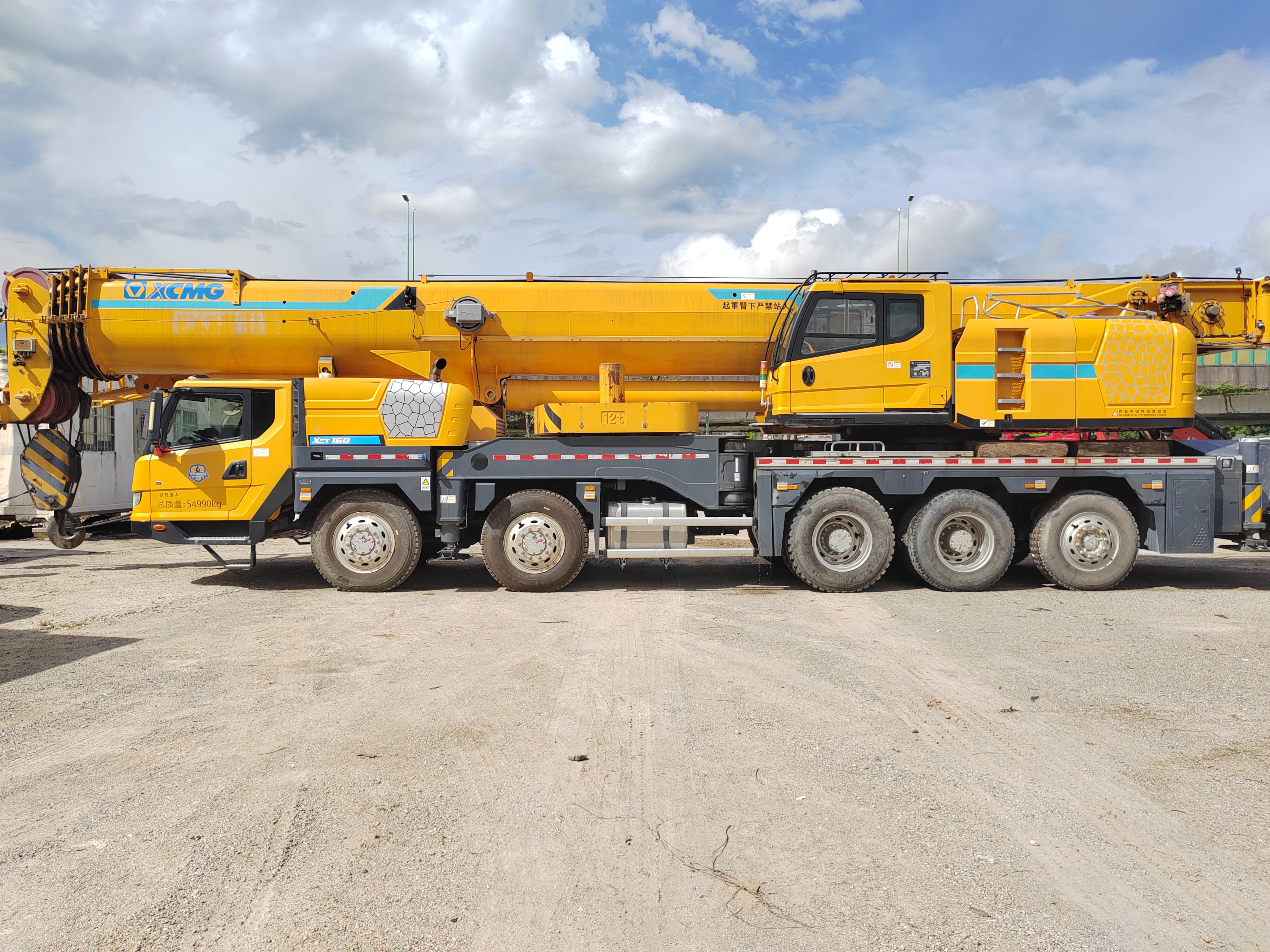Investing in a used crane can be a cost-effective solution for your construction or industrial needs. However, it’s crucial to approach this purchase with caution and a thorough understanding of your requirements. In this guide, we’ll walk you through essential factors to consider when choosing the right crane, helping you reduce risks associated with buying used equipment.
1. Check the Load Weight to Be Lifted
The first step in selecting a crane is determining the maximum load weight it will need to lift. Analyze your project’s requirements and ensure the crane’s load capacity aligns with your needs. Overloading a crane can lead to accidents and equipment damage, so accuracy in load weight assessment is vital.
2. Know the Lift Height
Lift height, or the maximum vertical distance a crane can reach, is another critical factor. Measure the required height for your tasks, considering factors like building height or the depth of a construction site. Ensure the crane you choose can safely reach the necessary elevations.
3. Find the Moving Distance (Horizontal)
Consider the horizontal moving distance required for your project. Different cranes have varying reach capabilities. Understanding the horizontal reach you need ensures that the crane can access all areas of your work site effectively.
4. Evaluate the On-Site Terrain
Assess the terrain where the crane will operate. Uneven or soft ground may require specialized equipment or outrigger support for stability. Ensure the crane you select is suitable for the ground conditions to prevent accidents or tip-overs.
5. Evaluate Access to the Project Site
Consider the accessibility of your project site. Ensure the crane can reach the site without obstacles or space constraints. Factors like road access, overhead clearance, and site layout are essential for safe crane operation.
6. Check Possible Safety Issues
Safety should always be a top priority. Inspect the used crane for signs of wear, damage, or maintenance issues. Check the crane’s safety features, such as load limiters, emergency stop systems, and safety interlocks. A thorough safety evaluation helps prevent accidents and ensures compliance with safety regulations.
7. Check the Cost
Last but not least, evaluate the overall cost of acquiring and operating the crane. Consider not only the purchase price but also ongoing maintenance, insurance, and fuel costs. Compare your budget to the crane’s estimated lifetime expenses to make an informed financial decision.
In conclusion, selecting the right crane for your needs and minimizing risks when buying a used one require careful consideration of load weight, lift height, moving distance, on-site terrain, access, safety, and overall costs. By following these guidelines, you can make a well-informed choice that enhances your project’s efficiency and safety while reducing risks associated with used crane purchases.
Post time: Sep-27-2023








